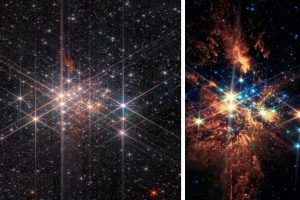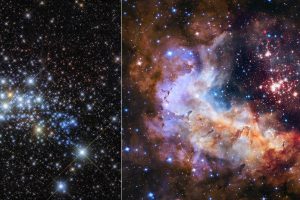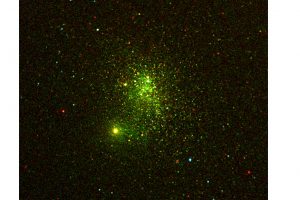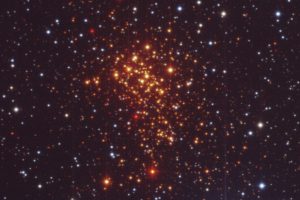Un superammasso stellare svelato dal James Webb Space Telescope. L’articolo: “EWOCS-III: JWST observations of the supermassive star cluster Westerlund 1” di M. G. Guarcello (INAF-OAPA) pubblicato su A&A

Le regioni di formazione stellare possono differire notevolmente tra loro, in particolare per quanto riguarda la popolazione di stelle massicce (con masse superiori a circa 10 masse solari) e la densità stellare (intesa come il numero di stelle per unità di volume). Questi aspetti possono variare drasticamente da una regione all’altra. Tali differenze sono estremamente importanti, poiché le stelle massicce
» Read more


